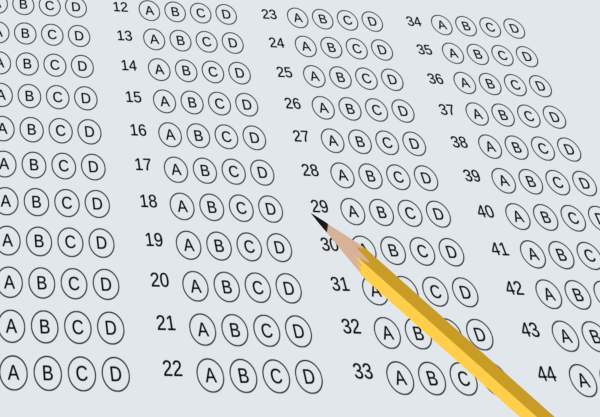STEM education community lacks female influence
By Olivia Podber
I attended an all-girls computer science program two summers ago. The reason behind the “no boys allowed rule” was simple: the organization believed girls exceeded when around only girls. When signing up for the camp, I was drawn to that idea; I had never been in a solely female academic environment but was open to experiencing it.
On the first day, the teachers, also women, further explained the program’s rationale: one, women historically have been a marginalized group in STEM (science, technology, engineering, math) fields; and two, girls are more likely to have lower confidence than boys when it comes to their performance in those same fields. All-girl STEM classes or camps have been found to offset both of those negatives.
According to a 2016 study by PLOS One, a peer-reviewed scientific journal, college women were 50 percent more likely than men to leave STEM studies after one semester of calculus, given both the women and men studied had the same backgrounds, experience and future plans. The study further discovered, through interviewing the women, a lack of self-confidence was the biggest culprit for the inundation of women dropping the course.
When I walked into my AP Calculus BC class back in August, I did not notice anything abnormal. A few weeks in, it eventually dawned on me that in a class of 27 students, 17 were boys and 10 were girls. When I recently attended a calculus study session sponsored by NMSI (National Math and Science Initiative), I immediately noticed how few girls were in the room. Out of 23 students, six were girls. While disappointing, this was to be expected: boys have been the majority in all of the math classes I have taken.
I do not want to generalize every girl’s experience in STEM classes, but for me, always being in the minority makes it immensely more difficult to raise my hand to ask a question. I do not attribute this to my introversion, and I would not accept it if someone attributed it to me being “awkward around boys.” I have experienced both sides of the spectrum, going from a technology environment populated only by girls to math environments with hardly any girls. My heightened self-awareness in math classes, the reason why I second and third guess all my answers, has to do with not having the opportunity to be empowered by other girls.
This is not to say I plan to leave Grady tomorrow to enroll myself at the Atlanta Girls School. And as much as I cherished my all-girls learning community a few summers ago, I did not apply to any women’s colleges or universities. I appreciate co-ed learning environments and I like the diversity and differing opinions that comes with a diverse classroom. But in the hyper-masculine world we live in, where boys are taught to be boisterous, confident and vocal about their opinions, I often feel stifled in math and science classes.
Hewlett Packard, an information technology company, found that a woman would apply for a job only if she met 100 percent of the qualifications, but a man would apply if he met only 60 percent. This lack of confidence originates from the way societal differences dictate we raise boys versus girls.
I, unfortunately, do not have the ability to rectify this issue, STEM related and beyond. To me, a simple solution would be to make the number of girls and boys in math and science classes equal, but of course schools cannot sign up students for classes they do not want to take or are not qualified to take. All I know is that I want the next math class I walk into to not feel as daunting. I want to feel assured enough to raise my hand and ask for help, not afraid of wrong answers but confident I have the right answers.

Olivia is a senior at Grady and excited to be the Co-Editor in Chief of The Southerner! This is her second year as a staff member on The Southerner, and...






